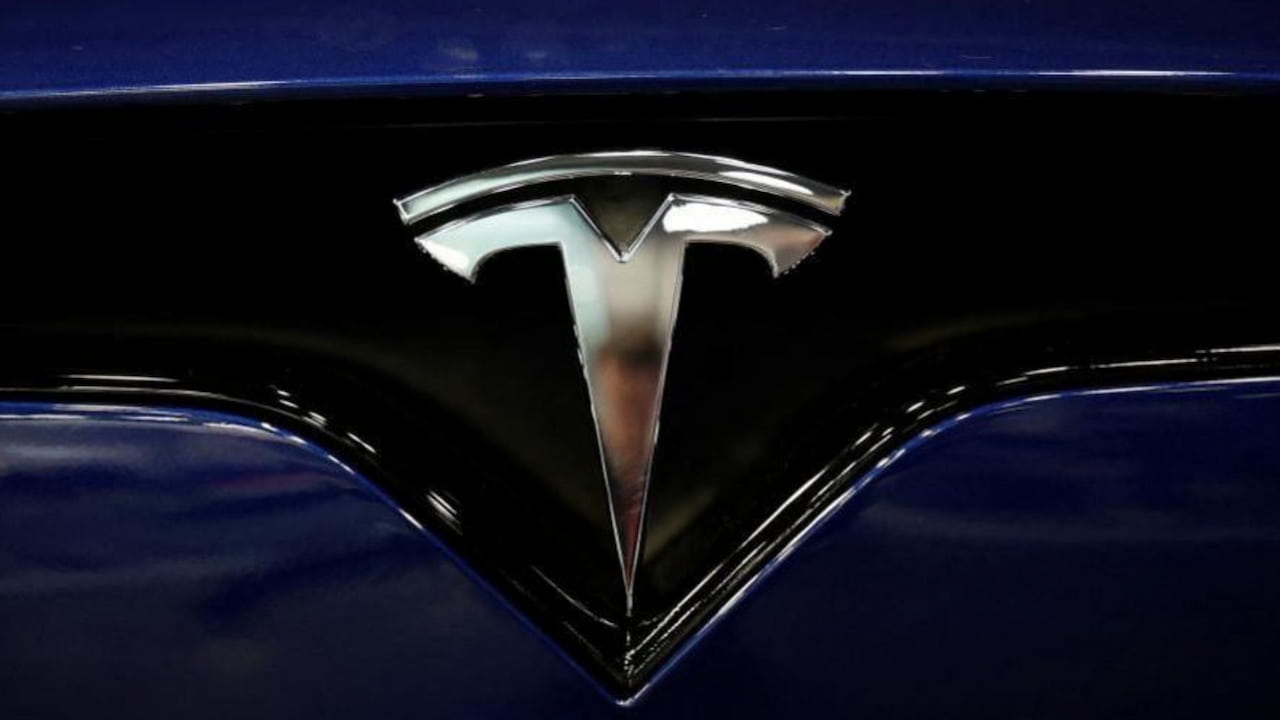Tesla’s “Full Self-Driving” Dreams Hit Speed Bump: Feds Launch Probe
U.S. safety regulators have launched an investigation into Tesla’s ambitious “Full Self-Driving” (FSD) system, a move that is causing significant ripples in the automotive industry.
The National Highway Traffic Safety Administration (NHTSA) announced Friday that it’s launching an investigation into the electric car maker’s autonomous driving technology. This probe covers a whopping 2.4 million Tesla vehicles built between 2016 and 2024.
What’s Behind the Investigation?
The NHTSA’s decision comes after four crash reports involving Tesla’s FSD system. These incidents occurred in tricky driving conditions, like fog or bright sunlight. Sadly, one crash resulted in a pedestrian’s death, while another led to injuries.
The safety agency wants to know if Tesla’s FSD can spot and handle these low-visibility situations properly. They’re also looking into whether similar crashes have happened before.
Not So “Full” Self-Driving
Despite its flashy name, the NHTSA points out that FSD is actually a “partial driving automation system.” This means drivers still need to pay attention and be ready to take control at any moment.
Tesla boss Elon Musk has been pushing hard for self-driving cars. Just last week, he showed off the “Cybercab,” a futuristic robotaxi without a steering wheel or pedals. Musk claims it’ll hit the streets by 2027. But some experts and investors aren’t convinced, and Tesla’s stock has taken a hit since the announcement.
A Different Approach to Self-Driving
Tesla’s self-driving tech relies mostly on cameras and artificial intelligence (AI). This is different from other companies like Waymo, which use more expensive sensors like Lidar and radar. Tesla’s method is cheaper, but some worry it might not be as safe in all conditions.
What this means for Tesla and drivers
Although the NHTSA investigation is still in its early stages, it could have significant implications:
- Potential Recall: If the agency finds serious problems, Tesla might have to fix or update millions of cars.
- Slowed Progress: Tesla’s plans for fully autonomous vehicles could be hampered by this probe.
- Safety Improvements: The investigation might lead to better self-driving systems that work in all weather conditions.
- Consumer Trust: Tesla owners and potential buyers will be watching closely to see how the company handles this challenge.
The Bigger Picture: Self-Driving’s Future
This investigation isn’t just about Tesla. It raises important questions about the entire self-driving car industry:
- What constitutes “safe enough” for autonomous vehicles?
- Should there be stricter rules for testing and deploying self-driving tech?
- Are current driver assistance systems giving people a false sense of security?
What Happens Next?
The NHTSA will dig deep into Tesla’s FSD system, looking at crash data, technical details, and how the company has updated the software over time. They will also examine whether Tesla has implemented any recent modifications that could potentially impact the functionality of FSD during low visibility conditions.
Tesla hasn’t commented on the investigation yet. But the company has always stressed that drivers need to stay alert when using FSD, even if the name suggests otherwise.
The Road Ahead
Self-driving cars promise a future with fewer accidents and more freedom for people who can’t drive. But getting there safely is a huge challenge. This Tesla investigation shows that even the most advanced systems still have a long way to go.
As the NHTSA investigates Tesla’s technology, drivers should keep the following in mind:
- No current system is truly “full self-driving.”
- Always stay alert and ready to take control.
- Be extra careful in bad weather or tricky driving conditions.
Fully autonomous vehicles are still a dream, but this probe suggests the road may be longer and bumpier than expected. For now, keep your hands on the wheel and your eyes on the road—even in a Tesla.
Table of Contents
